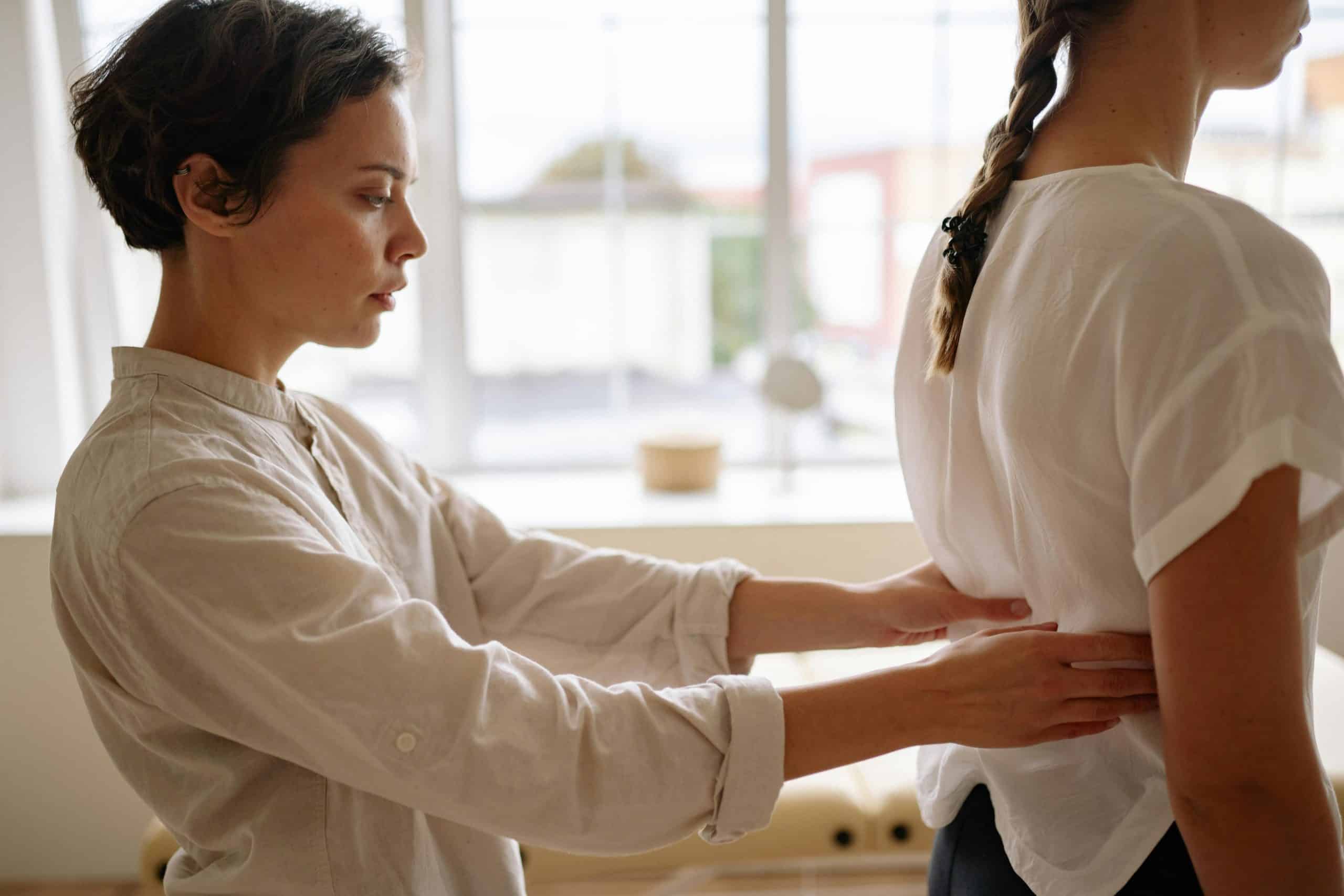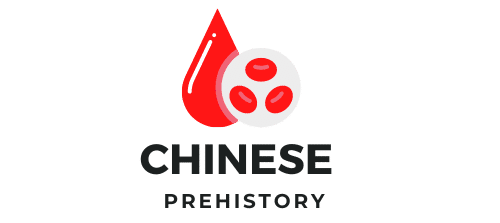What Are the Long-Term Benefits of Pilates for Individuals with Lower Back Pain?

In a world where most of us lead sedentary lifestyles, lower back pain (LBP) is becoming a common ailment. According to Google, an increasing number of people are seeking remedies for this condition, and one method that continues to gain popularity is Pilates. This exercise regimen is well-known for strengthening core muscles, improving posture, and enhancing overall physical health. But how effective is Pilates for individuals grappling with chronic lower back pain (CLBP)? Let's delve into the research and experiences of scholars, physical therapists, and patients to understand the long-term benefits of Pilates for people with low back pain.
The Role of Pilates in Pain Management
Before we examine the benefits of Pilates in managing back pain, it is vital to understand how this form of exercise works. Pilates focuses on the body's core, which includes the muscles surrounding the spine. This strengthening of the core muscles helps to support the spine, thus reducing pressure on it and consequently, alleviating discomfort.
Lire également : How Effective Are Herbal Remedies in Treating Anxiety Disorders?
Studies published on Pubmed, a respected scholar database, have consistently shown that Pilates can be an effective tool for managing chronic lower back pain. One such study followed a number of CLBP patients over a period of six months as they participated in regular Pilates sessions. Not only did the patients report a decrease in pain, but they also noticed an improvement in their physical abilities and quality of life.
Strengthening the Core with Pilates
The primary focus of Pilates is on strengthening the body's core. This area, which includes the abdominal muscles, back muscles, and the muscles around the pelvis, is crucial for maintaining a healthy spine. When these muscles are weak, it places unnecessary pressure on the spine, which can result in pain. Conversely, when these muscles are strong, they provide better support for the spine, reducing the likelihood of experiencing back pain.
A lire également : How Do Biodegradable Stents Compare to Traditional Stents in Treating Coronary Artery Disease?
A research study published on Pubmed involved a group of CLBP patients who participated in Pilates exercises twice a week for 12 weeks. The results showed a significant improvement in the participants' core strength and stability, which was measured using a specific scale for evaluating physical abilities. This strength gain corresponded with a decrease in their reported pain levels.
Improving Body Awareness through Pilates
Pilates is not just about physical strength; it also promotes increased body awareness. This means that people who regularly practice Pilates develop a better understanding of their bodies and how they move. This increased awareness can help individuals to avoid movements and postures that may exacerbate lower back pain.
A study conducted by health scholars and available on Pubmed revealed that after six months of regular Pilates exercise, participants reported a greater awareness of their body posture and movement. This newfound awareness was associated with a reduction in the frequency and intensity of their back pain episodes.
Elevating Quality of Life with Pilates
Most individuals with chronic lower back pain experience a significant reduction in their quality of life. The constant pain and discomfort often prevent them from participating in regular activities, which can lead to feelings of isolation and depression. However, incorporating Pilates into their regular physical routine can help combat these adverse effects.
Research available through Google Scholar shows that over a six-month period, CLBP patients practicing Pilates experienced not only a reduction in their pain levels but also an improvement in their overall quality of life. They reported feeling happier, more energetic, and more capable of performing their daily tasks without the hindrance of back pain.
Commitment to Long-Term Pilates Practice
To reap the long-term benefits of Pilates for lower back pain, commitment to regular practice is essential. While immediate relief may be felt after a few sessions, the most significant improvements are seen in individuals who incorporate Pilates into their lifestyle and have been practicing for six months or longer.
Research on Pubmed shows that patients who continued with Pilates exercises for over a year reported the most substantial decrease in pain and the most significant improvements in their physical abilities. This reinforces the notion that Pilates is not just a quick fix; it's a lifestyle change that can bring about lasting improvements in managing chronic lower back pain.
The Psychological Impact of Pilates on Lower Back Pain
In addition to the physical benefits of Pilates, it’s important to consider the psychological impact. Chronic lower back pain, as research on Google Scholar points out, often contributes to mental health issues like anxiety and depression. This is due to the constant pain, the limitation on activities and the general frustration of having to deal with a persistent condition.
Pilates, however, can help to mitigate these mental health problems. Firstly, the focus on body awareness in Pilates helps individuals to connect with their bodies in a positive way. This can help to counteract feelings of frustration or resentment that people with chronic low back pain may feel towards their bodies.
Secondly, the sense of accomplishment that comes from improving one's physical abilities through Pilates can boost self-esteem and confidence. Regular practice allows individuals to progress in their training, which can bring about a sense of achievement. Furthermore, the social aspect of Pilates classes also helps to combat feelings of isolation often associated with chronic pain conditions.
Lastly, exercise is a known mood booster. The release of endorphins during physical activity can help to alleviate symptoms of depression and anxiety. A meta-analysis published on Pubmed found that people with lower back pain who regularly engaged in Pilates exercises reported improvements in their mood and reductions in their anxiety levels.
This reinforces the conclusion that the benefits of Pilates go beyond just the physical. It can have a profound impact on an individual’s psychological well-being, which in turn, can further enhance their quality of life.
Conclusion: Commitment to Pilates as a Lifestyle Change
Given the research, testimonials, and studies, it's clear that Pilates offers numerous long-term benefits for individuals struggling with lower back pain. The combination of core strengthening, improved body awareness, physical therapy benefits, and psychological improvements all contribute to the effectiveness of this method in managing lower back pain.
However, to truly reap the benefits, commitment to the Pilates method is crucial. As laid out in a systematic review on Pubmed, the most significant improvements are seen in patients who incorporate Pilates as a long-term part of their lifestyle, practicing consistently for at least six months to a year.
Pilates, therefore, is not simply a temporary solution or a quick fix for back pain. It's a lifestyle change that requires dedication, but one that offers rewarding results in the form of pain reduction, improved physical abilities and an elevated quality of life.
It's worth noting, however, that like all exercise regimens, it's important to perform Pilates exercises correctly and safely, ideally under the guidance of a certified instructor. It's also recommended to consult with a healthcare provider before starting any new exercise program, especially for individuals with chronic low back pain.
In conclusion, the long-term benefits of Pilates for lower back pain are significant and backed by solid scientific research. With commitment and regular practice, it can be an effective tool that empowers individuals to take control of their chronic low back pain, improve their physical abilities, enhance their body awareness and ultimately, elevate their quality of life.
